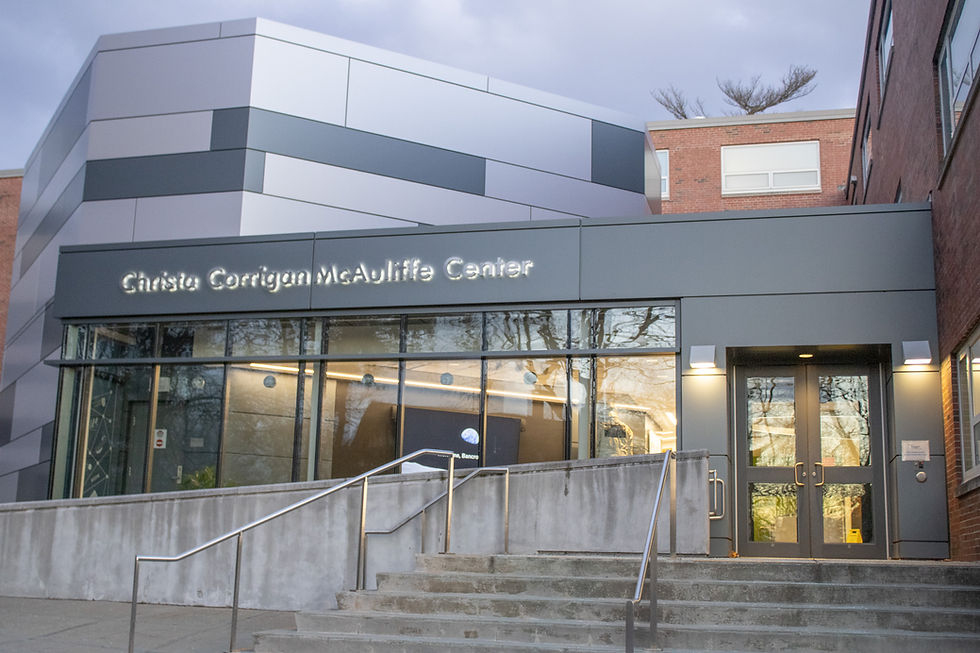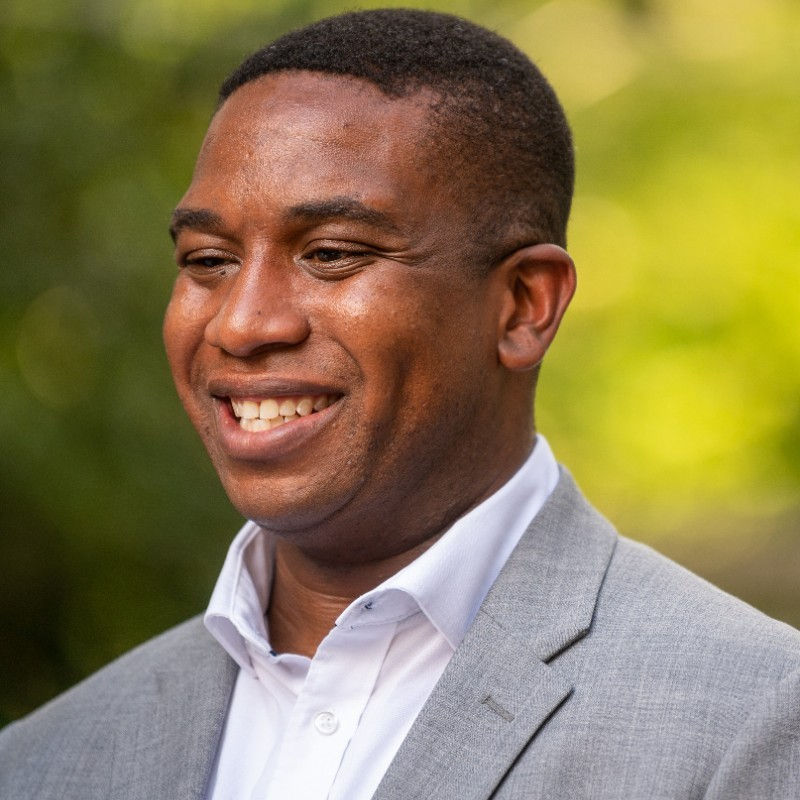Chief of police finalist John Santoro stresses importance of community outreach
- Sophia Harris

- Dec 3, 2021
- 5 min read

By Sophia Harris
Interim Police Chief John Santoro was the second candidate interviewed as part of the police chief search Nov. 22.
He answered questions about the perception of the police department and what he would change if he were chosen.
Santoro opened the meeting talking about his career and experience. He is currently interim chief at Framingham State. Sontoro is in his 33rd year of policing and has worked the past 10 years as deputy chief of police and associate director of the department.
Dr. Jerusha Nelson-Peterman, chair of the food and nutrition department, asked about a blue lives matter picture that was posted on the department’s Twitter page for two days. She said she heard from a number of students of color who said they don’t “feel safe on campus.”
Nelson-Peterman asked Santoro if he was aware of the tweet when it was posted and what the department is doing to “mitigate that and help black and brown students feel safe on this campus.”
Santoro said he “could not recall when [he] was made aware of the tweet going up,” but when he was made aware of the tweet, the department “addressed it immediately and had it removed.”
He said after the tweet was taken down, they “scrubbed through all of our other social media sites,” adding they “remove[d] anything else that we could find that depicted that type of symbol or flag.”
Nelson-Peterman asked what Santoro will do in the future so officers are aware of the implications of this image to students of color.
Santoro noted the officers “who oversee the social media accounts, a patrolman and a supervisor,” were off-duty at the time the image was posted.
He said he made them aware of the situation and had them “rectify that situation.”
Sontoro added he told the others “what the rules are going forward for not posting things like that.”
Kathryn Washburn, a junior computer science major, asked if Santoro was “personally aware” of the implications of the thin blue line and if it was a topic discussed within his department.
Santoro said that there are two images – the thin blue line and the blue lives matter flag – that are similar but have different connotations.
“One is the thin blue line, which is an identifier for fellow police officers. ... The Qat line is a different depiction that looks very similar to that. Now that is the police support flag which has become
controversial – offensive to many people in the communities,” Santoro said.
He said he is aware of the message and the police force does not “plant the flag” on any of the FSU “police cruisers” or “anywhere in our police station.”
Washburn asked why there was not already a policy in place for preventing something like this from happening.
The department has “lots of policies and procedures,” he said. Some policies are created by “lessons learned.”
The picture originated after a girl, Dakota Matthews, who is visiting every police department in the state, traded patches with one of the officers. The officer posted it on Twitter to show his support of Matthews.
Santoro said the image was not posted with “ill intent.”
Dara Barros, SGA diversity and inclusion officer, brought up the Turning Point USA table that was outside the McCarthy Center Nov. 1 and asked why President F. Javiar Cevallos wasn’t notified about it.
Santoro responded, “The officer responded to the call, gathered the information, documented that incident report and passed it on to the chain of command above us to others.”
Barros said, “Based on the information from the chain above, they were not aware” of the Turning Point USA table.
Santoro said, “The officers did not immediately identify the person removed from campus,” adding, “We never gathered the name of the group.”
Barros said, “As an interim chief, you have this message that you would be a good option for us. There have been two racial incidents and we aren’t satisfied with the results you produce.”
She asked why Santoro applied for the position and what he plans to do differently as chief.
Santoro said his plan would be to educate the community on what is going on in the investigation regarding the racial incidents and “to help deter people or persons coming back and doing such things.”
Washburn asked, “How do you believe the campus police are perceived here at Framingham State, and what are you doing in community outreach to shape their perception?”
Santoro replied before COVID-19, University Police participated in the yearly Coffee with a Cop program on the first Wednesday of October. The police force set up a table in the McCarthy lobby with free coffee and pastries to interact with students on campus.
He said that they offer self-defense programs once a semester, although because of COVID-19, they were canceled last year.
There are also residence hall liaisons who will often set up tables to give out information in order to have “positive interactions with students,” he said.
University Police have also participated in campaigns such as Toys for Tots and the Special Olympics, Santoro said.
“Officers are out there to do good for everybody, not just specifically students, faculty, staff – as a community in general, especially being a public campus where people can come and go, we’re all there for everyone and to help everyone as well,” he added.
Washburn repeated her question and asked how Santoro thinks University Police are perceived at Framingham State.
Santoro said he thinks the “perception is good.”
Junior Malik Martin, president of Black Student Union and the class of 2023, asked how Santoro plans to build relationships with Black and brown students because their perception of the police “isn’t positive.”
Santoro replied, “We’ll continue to build relationships with all students, including members of the BIPOC community.”
He said they will continue to send officers to training “to make them better aware, ready, educated in the needs and the needs of students, BIPOC students, BIPOC faculty and staff members.”
Dara Barros asked Santoro what type of police training he has implemented as interim chief
“surrounding racial equity on campus as well as diversity.”
Santoro replied because University Police is a certified agency, there are a series of requirements that need to be met in regards to training.
He added they go through training that is not only “required by the state and all those agencies that we fall into certification and authorization from, but we also go above and beyond those requirements.”
He said one of the female officers is being sent out for training that will focus on female police
empowerment so she can become an “effective leader.”
Washburn asked, “How do you ensure the recruitment process reaches applicants that match the demographics of our campus?”
Santoro responded, “I think our department is fairly representative of the student population on campus.”
Santoro said they have been placing ads on a variety of sites for police officers such as the
Massachusetts Latino Police Association, the National Women Police Association, as well as reaching out to “minority police groups.”
Ilene Hofrenning, director of the Health Center, asked what changes the FSU community could expect to see if Santoro becomes police chief.
Santoro said there is room for change in the department. He said he wanted to focus on “continuing to improve the officers’ morale.”
In regards to outside of the department, Santoro said he will continue to “increase our community outreach programs that are going on.”
He added he wants to look into getting a comfort care dog on campus.
He said they are also looking into a body-worn-camera grant to “be able to document the situation from a firsthand incident.”





